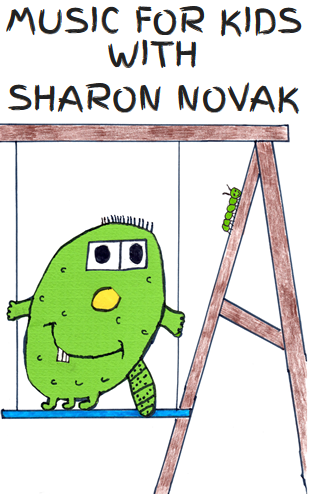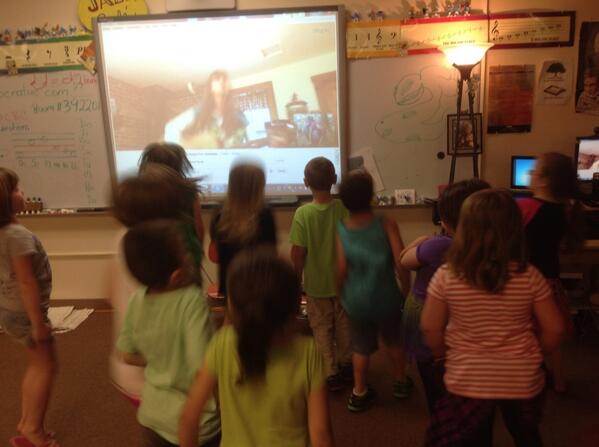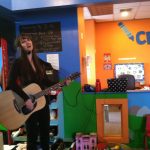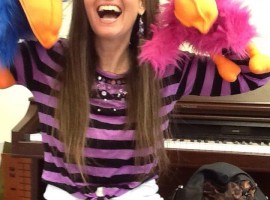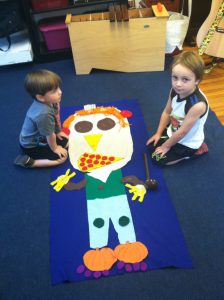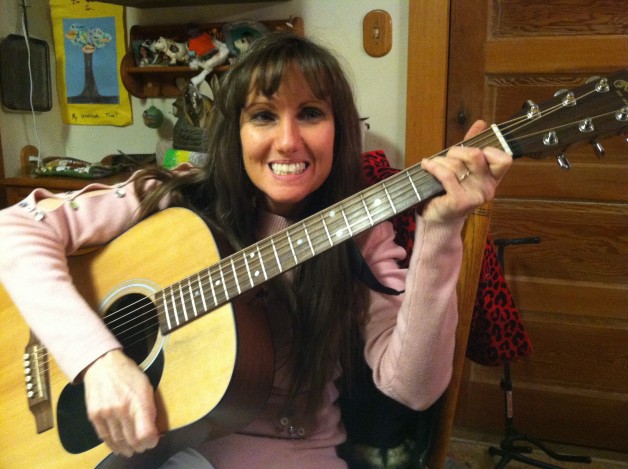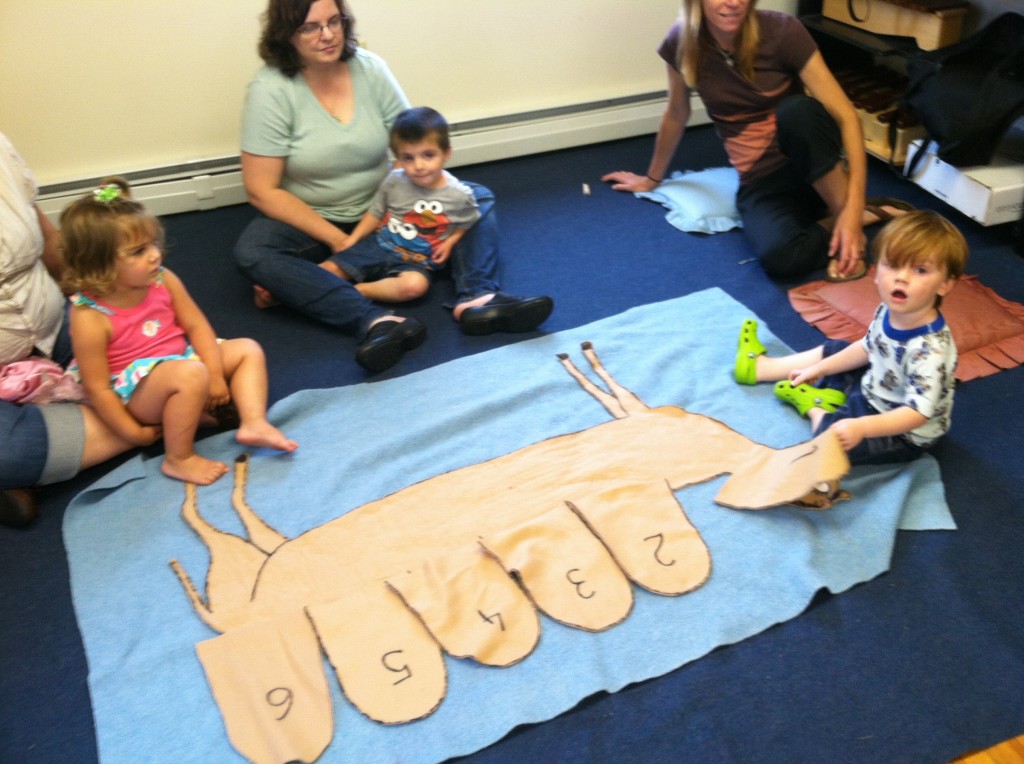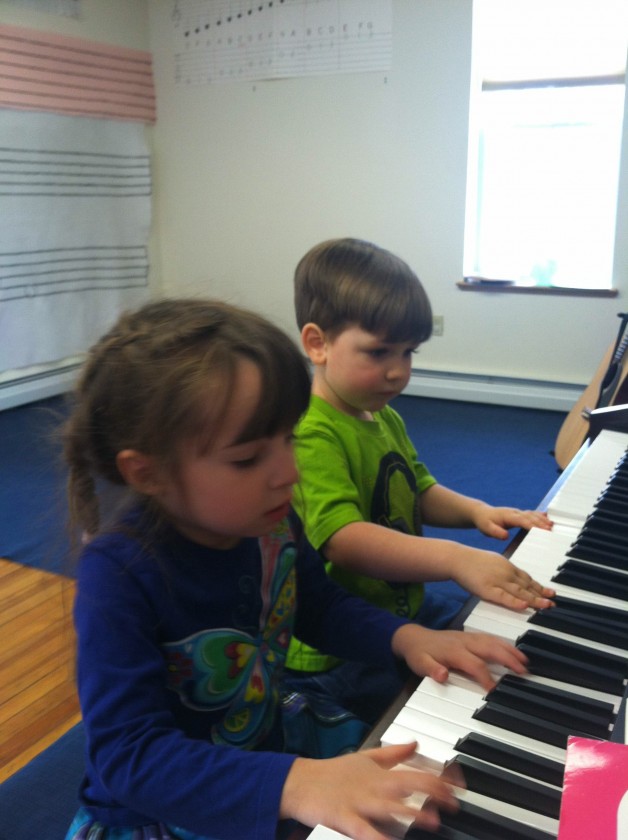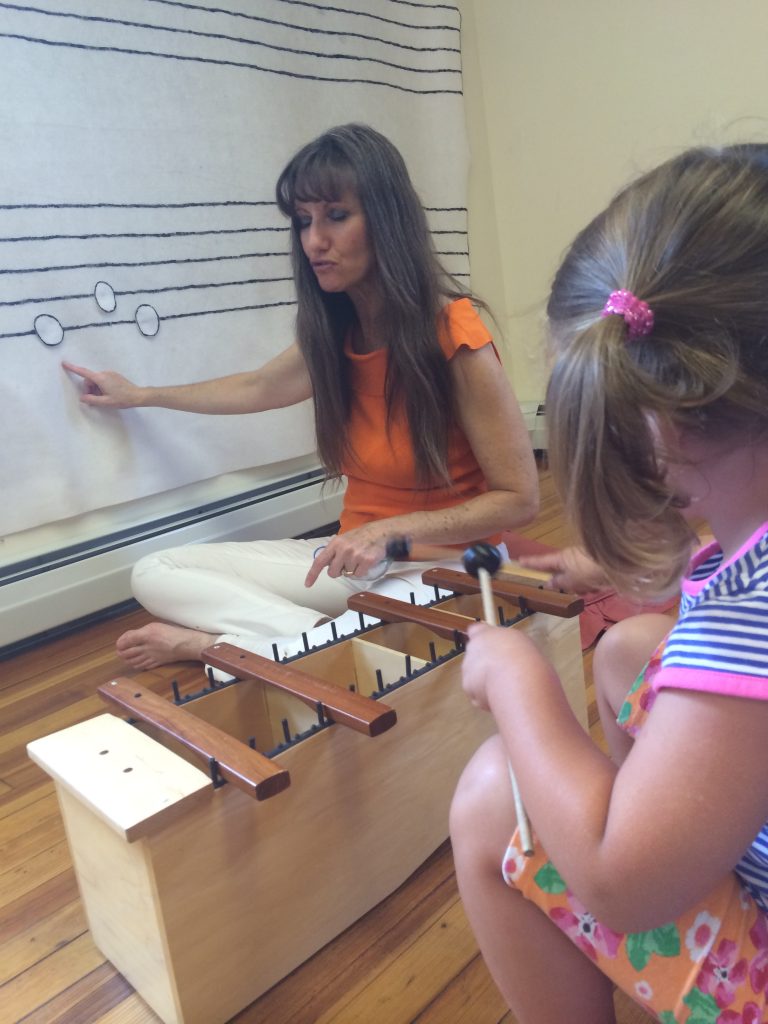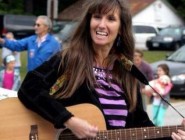What Makes a Successful After School Program for Kids
These days when both parents are working, they are often depending on the schools to provide programs for their children after school. I have had the privilege to work in many after school programs locally for the organization with whom I am employed, Mountain Top Music Center. I have had 7 years of learning how to make after school programs work for children.
I love and have a great deal of enthusiasm for what I do. Very often many of us who are artists and teachers do. The problem arises when I expect children to have the same level of enthusiasm that I have. In an after school program, this is not going to easily happen. I have to come in and approach those children with my enthusiasm but, even more importantly, with my understanding.
Understanding of what? The biggest thing that all of us have to understand in after school programs is that children have been in school all day. Some have left their homes early in the morning and will not get home until late in the evening. In the winter some leave in the dark and get home in the dark. They will get home, eat and be rushed off to bed with very little time to unwind in their own home. They are tired, they have worked hard, and most of them would like to be home unwinding on the couch, reading, playing a game or watching TV. Now, after working hard all day, being asked to do many activities and learn many new things, I am coming and giving them another activity and more things to learn! Before I even begin teaching them, I must understand that they are not going to want this at all.
So what must I do to make my programs successful?
1. I must make it fun! If it is not fun, it will not hold their interest. Now, we must all remember that fun is relative. I teach music. I have to understand and hope that teachers who are running the after school program understand that not all children think music or anything to do with music is fun. I never want children to be forced to be in my group against their wills. Some children love music. And some would rather stay at the Lego table or play in the gym. Making it fun demands of me that I have props and hands on activities that will hold their attention. I must make sure that I am giving them activities that they enjoy.
2. I must show each child that I care about them. I have often had the privilege of having very short one on one lessons with children on the piano. So many children beg to come to my one on one activity, not because they are madly in love with the piano, but because they love and need the one on one time. Even in groups, I must give each individual child special attention and patience.
3. I cannot demand that they learn a large amount of material. They are tired. They have been learning all day. In after school programs, I find that my job is to leave each evening knowing that I have given each child an enjoyable experience, and because I have done this, children will want to come back to my activities the next week. I am always thrilled to see that children beg to come to my group and do my activities. I know that I have done the most important thing. I have given them a love for music that will probably stay with then for the rest of their lives. They may not leave my groups with a large amount of memorized theories, but they do leave with a love for music!
4. I must keep it simple. I teach a lot of piano and guitar. Children do not leave with very advanced skills. I have to learn to be content with letting them learn at their own pace and be willing to let them repeat the exact same simple songs from week to week. I always try to get them to go as far as they will let me take them, but I never push them. At the end of the day they have played songs with success. They have learned to read some music. Their hands have been on the piano or on the guitar and they have tried. When and if they decide to get serious about music, they will know exactly what to expect. And because of this, I have done my job.
5. I must know that I am offering them a skill that will one day help them to release stress from their lives. From me, that activity is music. What a gift! Some of these children may come from families who cannot afford music lessons. My presence in the after school programs exposes them to special skills that they can call their own. For me music has brought happiness and relieved so much stress. I convey this very principle to children. They see my love fore music and understand. They love me and respect me more for it. I sometimes feel like a missionary walking into a foreign land and offering a gift that the native people don’t have. In this case, I am offering a free or very inexpensive exposure to something for many children from all walks of life. This gives me a huge sense of joy!
At the end of the day, I have spent time with these children. I have shown them love. I have given them a sense of accomplishment. I have left them with a love for music. This is success!
